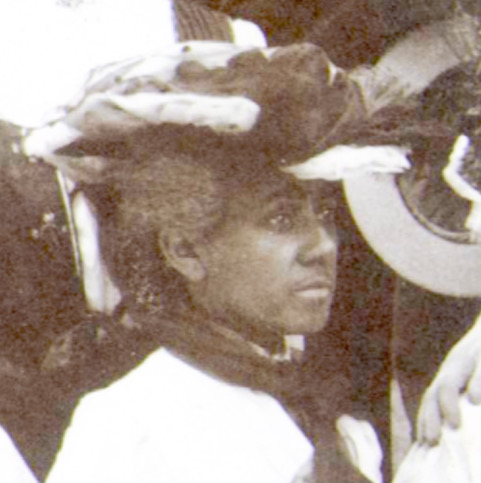
Gertrude Wright Morgan (1861-1931)
Suffragist, Civil Rights Activist, & Founding Member of the NAACP
Gertrude Wright Morgan grew up experiencing and demonstrating Black excellence from her earliest days. But she also knew first-hand the societal and personal injustice and cruelty White people could inflict on her, her family, and her people. For the rest of her life, she pushed the boundaries drawn tightly around her as a Black person—and especially as a Black woman—working to expose and fight against White supremacist calumny and oppression and to create opportunities for coming generations of African Americans and all women. She would play vital roles in Black intellectual and cultural life in St. Louis, Missouri, and then Boston and Cambridge; in the creation of the Niagara Movement and the NAACP; and also in the women’s suffrage movement. But, partly because she was more a doer than a writer and mostly because she was a woman, her role in these important historical shifts hasn’t received enough attention.
Gertrude Wright was born in 1861 in Springfield, Illinois, the daughter of Thomas Wright and Sarah Fortune Wright. Thomas had been born enslaved in North Carolina and most likely was moved with his enslavers to Kentucky and then to the area around Huntsville, Missouri. We don’t know the circumstances, but Thomas somehow gained his freedom, and perhaps the freedom of Sarah and one or more of their children, in the 1840s. Over the next decade, he bought property in Missouri and in and around Springfield, eventually becoming a large landowner and respected farmer, with an impressive house in the city’s center. But this prosperity belied the pain of slavery that still weighed heavily on the family: in 1857, Thomas put together his own money and money contributed by friends and acquaintances to purchase the freedom of his 18-year-old son, George William Wright, still enslaved in Randolph County, Missouri. George’s enslaver refused to sell him, and Thomas used the money to buy the freedom of his own brother, Richard, instead. Most likely, other members of Thomas’s and Sarah’s families remained enslaved in Missouri, and Gertrude would have grown up knowing her family’s recent past and may also have remembered celebrations when they gained their freedom during the Civil War.
In 1874, Gertrude entered Springfield High School as its first Black student. Although she was friends with some White students, others shunned her. Three years later, she graduated third in her class and gave a speech at graduation that was printed in local newspapers. (Her brother Willis was valedictorian three years later.)
After graduation, Gertrude moved to St. Louis, where she taught at Charles Sumner High School, which had opened in 1875 as the first high school west of the Mississippi for Black students. The faculty was a gathering of Black intellectuals from around the country—many teaching high school because they were refused higher academic positions due to racism. They led literary, history, musical, and art appreciation societies. So beloved by students was Gertrude that, in 1892, she was honored by the St. Louis school board as one of the fourteen most popular teachers in the entire city.
Clement Morgan, from Washington, DC, also taught at Sumner during Gertrude’s first few years there. In 1883 or 1884, he left to attend Boston Latin and then Harvard College and Harvard Law. After being elected and reelected to positions in Cambridge City government, he went back west to marry Gertrude in 1897, and the two returned to Cambridge to set up housekeeping first on Lincoln Street and eventually at 265 Prospect Avenue.
The decades following the undermining of Reconstruction saw an upsurge in White supremacist rhetoric and action across the North as well as across the South. The year before Gertrude and Clement married saw the Supreme Court issue its infamous decision in Plessy v. Ferguson. Tens, if not hundreds, of letters must have crossed from Gertrude to Clement and back again between the time Clement left St. Louis and Gertrude came to Cambridge; it’s impossible to believe that the two wouldn’t be discussing events, ideas, and theories regarding past, present, and future. By the time they married, they were mature adults, deeply immersed in literature, history, and politics. Financially independent, Gertrude had no need to marry, and she would never be a submissive wife, or, indeed, a submissive woman in the public sphere. Clement brought his intellect, energy, and legal expertise to the marriage; Gertrude brought her own intellect and learning, leadership skills, and money. As a team, they became core members of the developing civil rights movement.
Gertrude and Clement’s home on Prospect Avenue became a central site of early-twentieth-century Black activism. Close friends and comrades included W.E.B. Du Bois; William Monroe and Geraldine Pindell Trotter; Maria Baldwin; Pauline Hopkins; Josephine St. Pierre Ruffin and Florida Ruffin Ridley; as well as older and eventually younger members of the Boston-Cambridge and national Black activist community pressing for full and equal rights in all fields. This stance put them at odds with the accommodationist reformer Booker T. Washington and his associates, and the pitched battles between these two camps shaped Black political thought for decades.
The Morgans—Clement as attorney and public face and Gertrude working often behind the scenes—were involved in nearly every important civil rights action of the 1900s and 1910s. By 1905, Clement, with Gertrude backing and probably funding him, was one of the founders of the Niagara Movement. And when William Monroe Trotter, one of the other main, all-male founders, objected to two prominent women being admitted to the Movement, Gertrude publicly upbraided him. She prevailed.
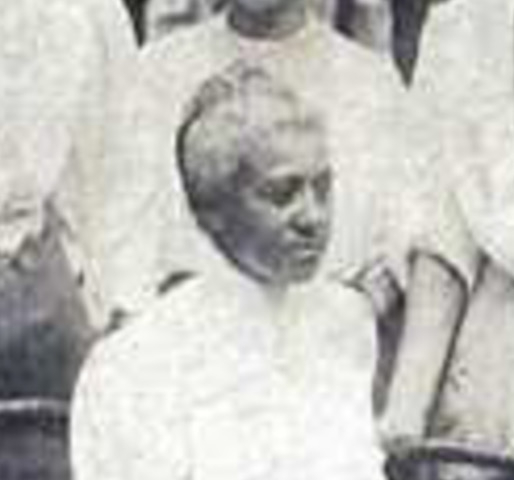
Gertrude Morgan. Private collection.
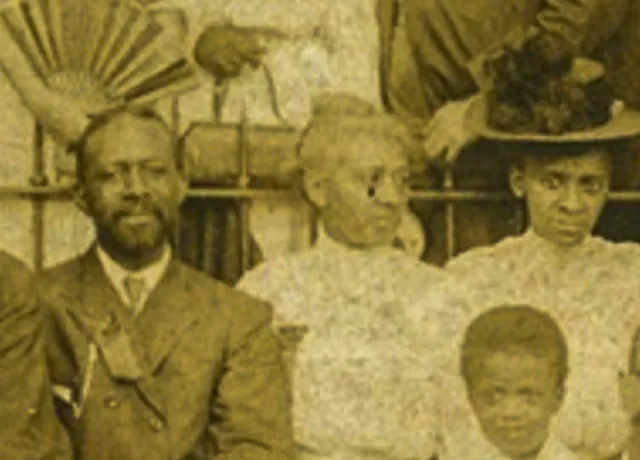
Gertrude with her husband Clement Morgan. Private Collection.
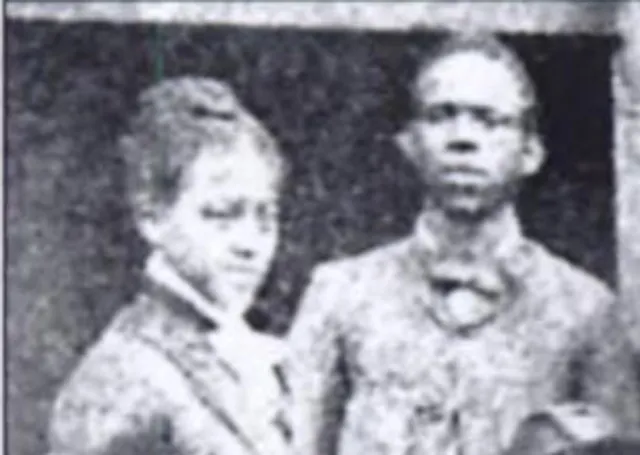
Gertrude with her husband Clement Morgan. Private Collection.
By 1906, the Niagara Movement accepted women as full members, and Gertrude was appointed national secretary for women. As she probably had been for years, she was a leading letter writer, lobbyist, and fundraiser. She was also an active promoter of African-American art, culture, and literature, and, true to her career as a teacher, a leader in instilling cultural pride in Black children.
In 1908, a White mob attacked Black individuals, homes, and businesses throughout Gertrude’s native Springfield. The violence in Springfield took place less than two years after similar attacks in Atlanta, where Du Bois and other Niagara Movement founders lived. The Springfield riot—taking place in the North–led directly to the establishment of the NAACP. Gertrude and Clement soon became key members, as did many of their Niagara Movement colleagues.
The Niagara Movement officially supported women’s suffrage. Not surprisingly, given her life story, Gertrude had long been a crusader for this civil right. She travelled the states talking to women’s clubs and other groups promoting women’s rights. She was the president of the Women’s Era Club and a senior member of various other women’s and Black rights groups right into the last decades of her life. In 1915, she took part in her community’s strenuous but unsuccessful efforts to ban the showing of D.W. Griffith’s racist Birth of a Nation in a Boston that increasingly turned away from its proudly abolitionist culture and ignored its Black citizens.
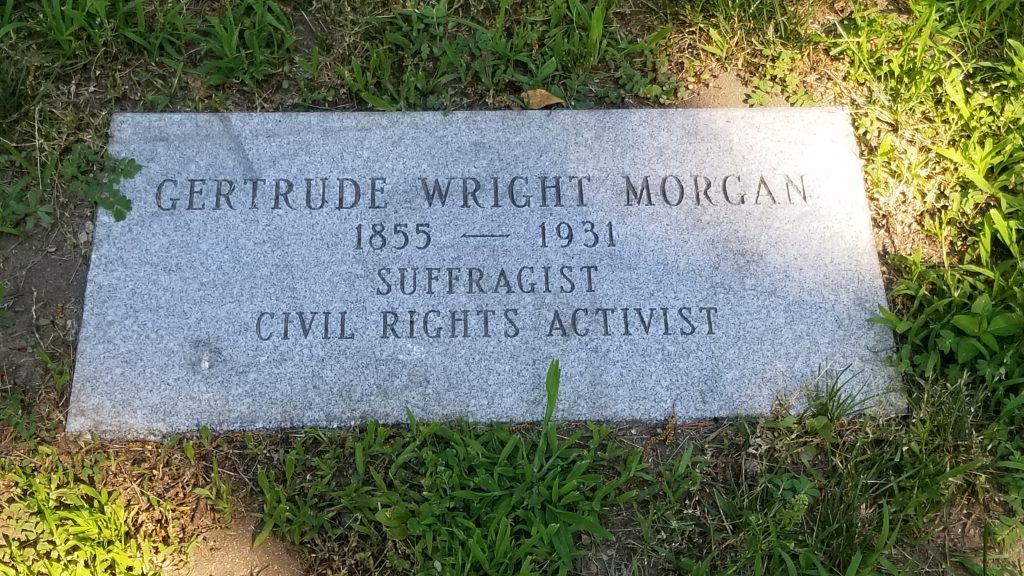
Clement died in 1929. In 1931, Gertrude died. We still know relatively little about the details of her involvement in many important events. Nor do we have much direct evidence of her thoughts about these events or about the many significant people she worked with. We can only hope that more documents related to her personal and advocacy lives eventually surface.
This biographical portrait was prepared by Leslie Brunetta and James Spencer, 2020.
Footnotes:
James Spencer family archive.
Angela Jones, African American Civil Rights: Early Activism and the Niagara Movement, Santa Barbara, CA: Praeger, 2011.
Rosalyn Terborg-Penn, African American Women in the Struggle for the Vote, 1850-1920, Bloomington: Indiana University Press, 1998.
